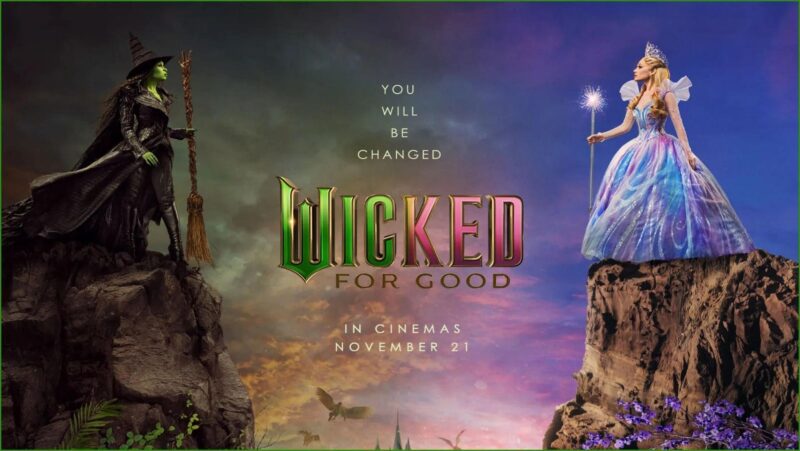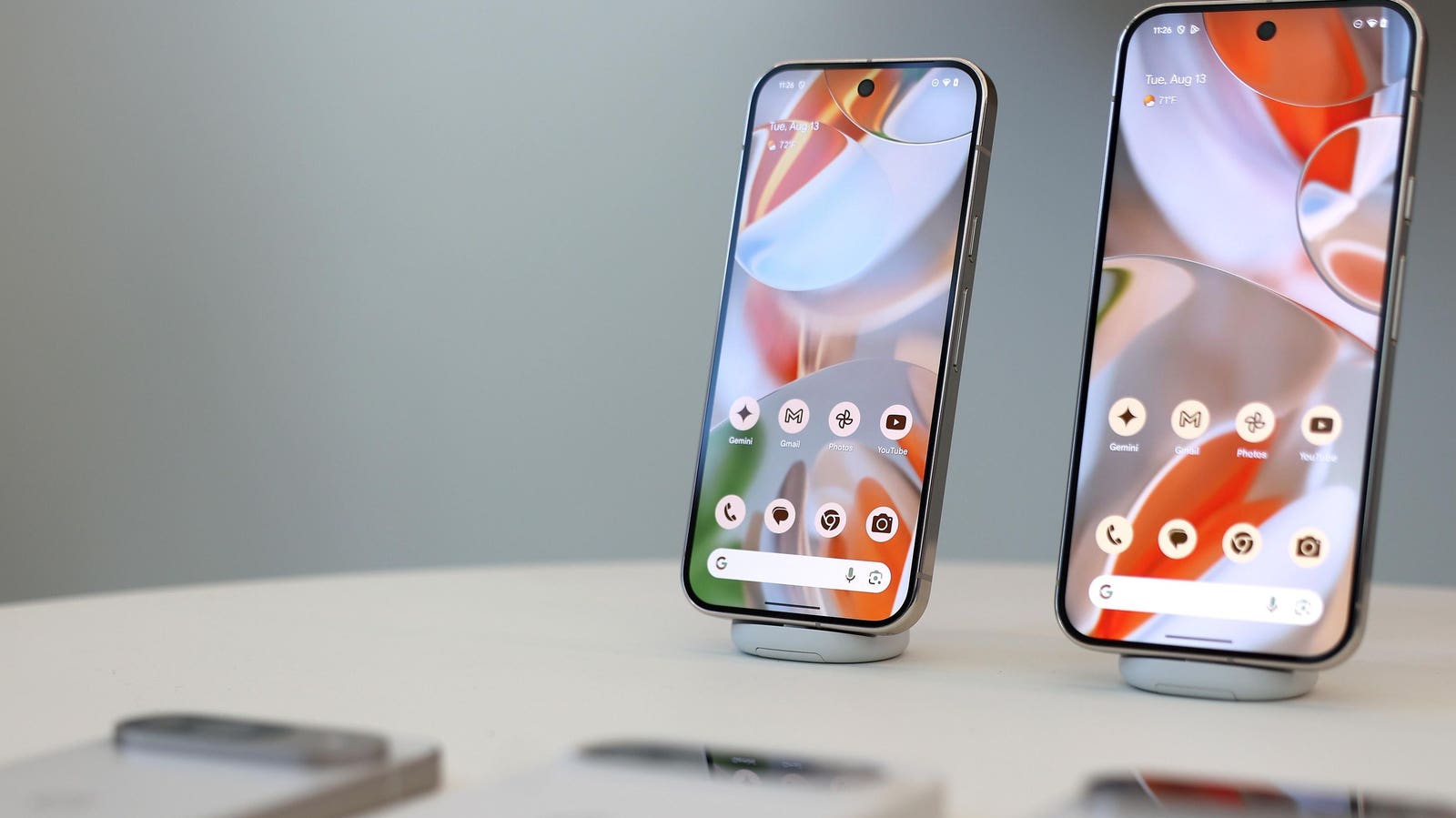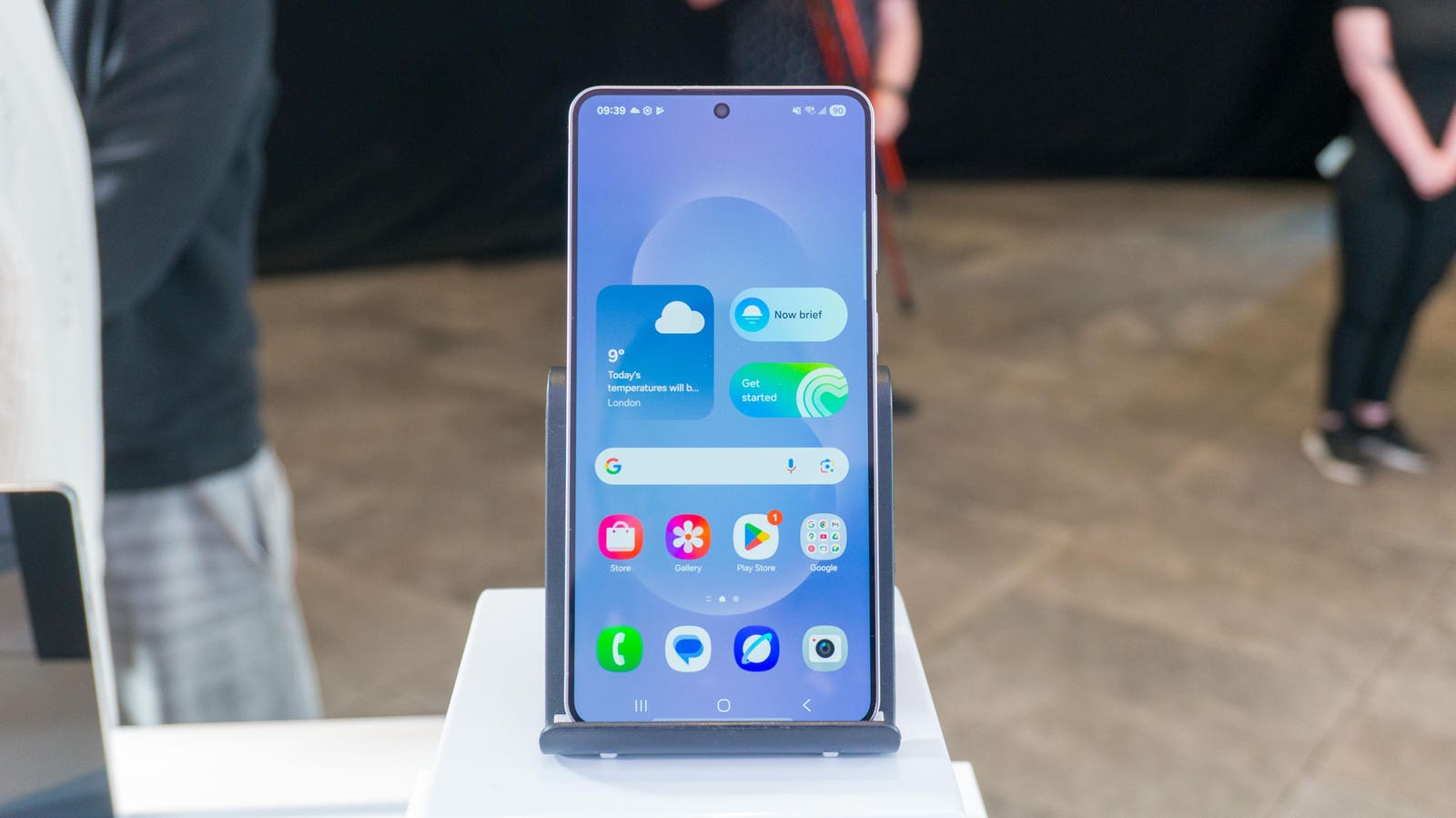Wicked: For Good has got off to a fine start in cinemas.
Universal Pictures
As most people will know by now, Wicked: For Good, the sequel to the 2024 film adaptation of the long-running stage play, is now in theaters. Starring Ariana Grande as Glinda the Good and Cynthia Erivo as Elphaba, the so-called Wicked Witch of the East, the film is already a smash hit, dominating the box office and generating with high audience feedback.
If you haven’t already swooped into your local multiplex to see it or want to go in for another spin, let’s have a look at the top 10 formats to see this in the cinema.
Shot digitally on an Arri Alexa 65 with Panavision Ultra Panatar and Ultra Panatar II Lenses the film is presented in all screens in a scope aspect ratio of 2.39:1.
While there has been some talk of a high-frame-rate version, the movie is 24fps in all screens. The confusion stems from the fact that the film has been motion-graded throughout its runtime using TrueCut Motion, the same tool used on last year’s Avatar: The Way of Water and the 2023 re-release of the first Avatar.
TrueCut Motion enables the filmmakers to adjust shutter speed and judder to remove the choppy look that can be exacerbated by brighter, laser screens. While in Avatar it was used there to make 48 fps sequences look more natural in Wicked: For Good it’s there to make the fast action easier on the eye. In my viewing, I didn’t notice it was there, doing its work without drawing attention to itself, which is how it should be.
1. HDR by Barco
My top choice for Wicked: For Good are screens that use HDR by Barco projection technology. This is the brightest projected cinema technology on the market, delivering up to 300 nits (compared to 48 nits for standard 2D). This gives it the headroom to deliver high dynamic range 4K images and the bright, colorful palette of Wicked: For Good is a perfect showcase for the technology.
The tech is always combined with Dolby Atmos audio, which is a wonderful match for the swirling maelstrom of the sound mix, and the luxury recliners don’t hurt things either.
HDR by Barco is offered by several chains under their own premium large format brands, such as Regal RPX in the US, as well as Cineplex, Alamo Drafthouse, and B&B Theatres.
In London, Cineworld has one in its Leicester Square Superscreen, but most will be found under the EPIC by Vue screens that the chain is rapidly rolling out in the UK and Europe.
2. Dolby Cinema
Dolby Cinema might be rather peeved that HDR by Barco might be stealing its lunch, as it pioneered the mix of high brightness capability and superb black levels for a superb extended dynamic range image. This means that even if your local Dolby screen has a 1.85:1 screen, resulting in black bars at the top and bottom of the image, you won’t even notice them.
Naturally, this is also combined with Dolby Atmos spatial audio for a thrilling experience and a layout that ensures great sightlines, so even little ones will be able to see the screen wherever they sit. You’ll also get great comfy, reclining chairs will be welcome over the course of the 2hr 17m run time.
3. Premium Large Format
Even if your local branded premium large format screen doesn’t feature either of the above technologies, then a premium large format (PLF) screen will be a great choice with an extra-large screen, bright, 4K laser projection, Dolby Atmos, and great seats with optimized sight lines. Most of these screens will also be 2.39:1, so the film will use all of the screen area with no black bars. To find one of these, look for branding such as Prime at AMC, Regal RPX, Cineplex UltraAVX and Cinemark XD. In the UK, you’ll be looking for Cineworld Superscreen, Odeon iSense, or OmniplexMAXX.
4. IMAX Laser/3D
IMAX is the big name in premium large format and for many will be the default choice — and it will deliver, especially if your local IMAX is rocking a laser projector offering a brighter, more stable image with better contrast. This is especially important if you want to choose a 3D screening, as while the glasses block light, the power of IMAX laser goes a long way to compensate, even more so in a very large screen with a dual laser projector.
While it doesn’t offer HDR, the big draw is the sheer scale of the IMAX image, especially in GT screens. However, Wicked: For Good does not feature the IMAX expanded aspect ratio, so all screens will have black bars above and below and not fill the screen in full.
On the upside, the 12-channel speaker sound that usually comes with IMAX Laser is powerful and crystal clear, and while not offering as much ‘surround’ immersion as Dolby Atmos, and music always sounds great on it. Comfort-wise IMAX screen will vary, but the stadium seating means you can be assured of a great view.
5. ScreenX
Moving into novelty cinema, ScreenX offers additional images that are projected down the sides of the auditorium, with the aim of increasing the experience. The projection is typically 4K Laser and the audio 7.1 and the seats are angled well too for a great view.
However, the effectiveness of the side images can be hit and miss, either down to the director’s interest in the format and the implementation in the theater, with emergency exit signs sometimes appearing in the middle of the side image. Maybe worth a punt for a repeat viewing.
6. IMAX Xenon
It might seem surprising to put IMAX in the bottom half of the list, but these days, it’s hard to get excited about standard 2K Xenon-lamp-based projection, which gives a dimmer and less detailed image compared to 4K Laser. This is especially true as the lamp’s brightness output reduces over time. What’s more, IMAX Xenon makes do with the older 6-channel sound with no overhead.
That said, you’ll still get a huge screen and big sound that is a step up over regular screens, so while not as impressive as IMAX Laser, you’ll not come away disappointed.
7. 2D Digital Laser
Digital cinema has been mainstream since the mid-2010’s and while laser projection has been around since late 2014, it was only offered by premium formats. It was only in the last few months that chains such as Regal, Cineworld and Vue announced that they would start transitioning the projectors in their standard screens over to laser projection en masse. While many chains don’t indicate whether the screen has laser (props to AMC for its ‘AMC With Laser’ logo, if you know yours does (ask the manager) then it’s worth choosing it over a location that doesn’t. You’ll get a bright, stable picture, standard 5.1 or 7.1 surround sound and a more affordable ticket, leaving more in the budget for popcorn.
8. Digital 2D Xenon
While it won’t be as bad a 3D (see below) a standard digital screen will deliver a fine, but unexceptional experience. Assuming the Xenon lamp isn’t too old, and assuming that someone hasn’t left the 3D filter, the image should be fine, but it won’t offer the contrast levels of laser, nor will the colors be as rich. The surround sound will be 5.1 or 7.1 and if the screen is older, the seating angles might not be ideal for younger viewers with an adult in front of them.
9. 4DX 3D
In the UK, Wicked: For Good in 4DX is only in 3D — and that’s a problem. Laser projection, or rather the lack thereof, is the reason why 4DX 3D is low down on this list. I recently re-tested this theory with a viewing of Predator: Badlands in 4DX 3D. The moving seats and all the associated effects (thumps in the back, blasts of air, smoke, water, scents and flashing lights) were super fun – and helped tell the story of the action. The problem was that I was almost forced to rely on them to tell me what was going. This was because, due to the dimness of the 2K Xenon lamp-based projector and the 3D glasses, at times, the image was so dark and muddy I could barely see what was going on. And when it wasn’t too dark, sometimes crosstalk was visible. The projector in a 4DX screen is standard, so until the widespread move to laser is complete, 4DX in 3D can’t be recommended.
10. RealD 3D
The issue with RealD 3D is similar to that of 4DX 3D, only without chairs throwing you around to distract you; it’s worse. If your standard screen showing RealD 3D is laser then go for it, but unless you know that for sure, standard 3D with a Xenon projection is one to avoid.
Further reading:
IMAX With Laser Coming To 80 AMC Cinemas Locations
Regal Cineworld To Bring Barco Laser Projection To 4000 Screens By 2030
Barco Light Steering Uses AI To Bring True HDR To The Big Screen









